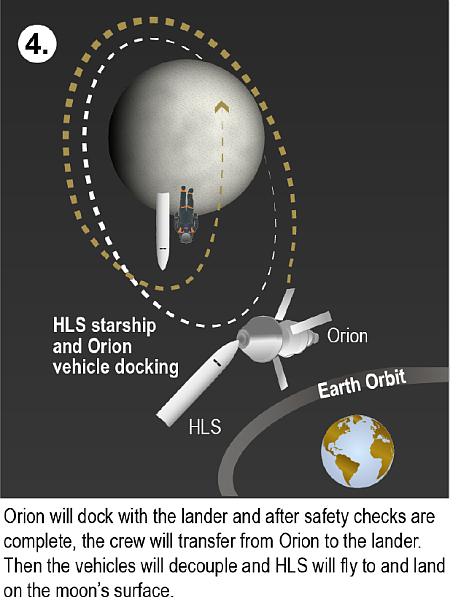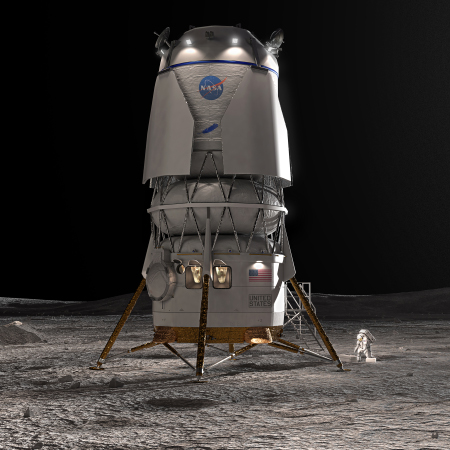NASA makes it official: The entire Artemis schedule is delayed
Surprise! NASA yesterday officially confirmed the rumors reported earlier about delays in its Artemis Moon program, outlining a new schedule that pushes all the launches back from months to more than a year.
NASA will now target September 2025 for Artemis II, the first crewed Artemis mission around the Moon, and September 2026 for Artemis III, which is planned to land the first astronauts near the lunar South Pole. Artemis IV, the first mission to the Gateway lunar space station, remains on track for 2028.
The agency cited issues with its Orion capsule that need fixing, including unexpected damage to its heat shield during the first test flight in 2022, battery problems found during ground testing, and new issues discovered with the as-yet unflown environmental systems designed to keep the astronauts alive.
One rumor that did not turn out to be true was the suggestion that first manned lunar landing would be shifted from Artemis 3 to Artemis 4, to give NASA more time to test things.
More details about the press briefing can be found here.
No one should take any of these dates seriously. NASA technique for announcing delays in this moon program have consistently been wrong. It announces small delays incrementally, to hide the fact that it knows the actual launch will be delayed far more that politics allows. The program was first proposed in 2004 with a planned landing in 2015. Since then NASA has announced numerous delays numerous times, always in small amounts. Yet by 2015 it was clear the first landing wouldn’t happen for at least a decade (after a decade of work), because of Obama’s unilateral cancellation of the initial program and Congress’s demand that it be re-established in a different form. By 2022 it was clear that the first manned landing mission was at least five years away.
Thus these new dates will certainly slip. You can bet on it. As I noted yesterday, NASA will be lucky to make that first manned lunar landing by 2030.
Surprise! NASA yesterday officially confirmed the rumors reported earlier about delays in its Artemis Moon program, outlining a new schedule that pushes all the launches back from months to more than a year.
NASA will now target September 2025 for Artemis II, the first crewed Artemis mission around the Moon, and September 2026 for Artemis III, which is planned to land the first astronauts near the lunar South Pole. Artemis IV, the first mission to the Gateway lunar space station, remains on track for 2028.
The agency cited issues with its Orion capsule that need fixing, including unexpected damage to its heat shield during the first test flight in 2022, battery problems found during ground testing, and new issues discovered with the as-yet unflown environmental systems designed to keep the astronauts alive.
One rumor that did not turn out to be true was the suggestion that first manned lunar landing would be shifted from Artemis 3 to Artemis 4, to give NASA more time to test things.
More details about the press briefing can be found here.
No one should take any of these dates seriously. NASA technique for announcing delays in this moon program have consistently been wrong. It announces small delays incrementally, to hide the fact that it knows the actual launch will be delayed far more that politics allows. The program was first proposed in 2004 with a planned landing in 2015. Since then NASA has announced numerous delays numerous times, always in small amounts. Yet by 2015 it was clear the first landing wouldn’t happen for at least a decade (after a decade of work), because of Obama’s unilateral cancellation of the initial program and Congress’s demand that it be re-established in a different form. By 2022 it was clear that the first manned landing mission was at least five years away.
Thus these new dates will certainly slip. You can bet on it. As I noted yesterday, NASA will be lucky to make that first manned lunar landing by 2030.




